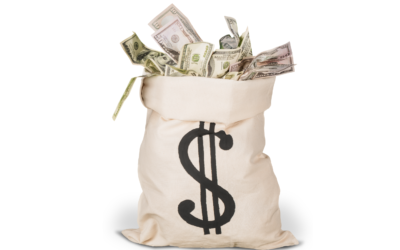YieldMax Popularity
YieldMax ETFs have gained immense popularity among passive income seekers due to their high-yield strategies and innovative approaches. But as with any financial instrument, it’s essential to consider the risks. What if YieldMax, or the company managing its ETFs, goes bankrupt? In this post, we’ll explore potential scenarios, their impacts on investors, and how you can prepare yourself for such an event.
Understanding ETF Structures
To grasp what happens during a bankruptcy, it’s important to understand how ETFs operate. Exchange-traded funds like YieldMax ETFs are typically structured as trusts, meaning the assets they hold—stocks, options, or other financial instruments—are separate from the issuer’s balance sheet. This separation provides a layer of protection for investors, but it doesn’t make them immune to all risks.
Potential Bankruptcy Scenarios
1. YieldMax Closes Its ETFs
If YieldMax decides to shut down its funds due to financial strain or strategic shifts, the following would occur:
- Liquidation of Assets: The ETFs’ underlying assets are sold, and the proceeds are distributed to investors based on their holdings.
- Impact on Investors: While you’ll receive the cash value of the assets, this could differ from the ETF’s market price, potentially leading to losses.
- Loss of Dividends: If you relied on the consistent distributions from YieldMax ETFs, you’ll need to find an alternative source of income.
2. Parent Company Bankruptcy
If the company managing YieldMax ETFs files for bankruptcy, it doesn’t necessarily spell doom for the ETFs themselves:
- Assets Remain Protected: Since ETF assets are held in a separate trust, they’re shielded from the parent company’s creditors.
- Possible Fund Transfer: Another financial institution might step in to manage the ETFs, or the funds could be liquidated.
- Temporary Disruptions: Investors might experience delays in dividend payments or changes in fund management during the transition.
3. Worst-Case Scenario: Fraud or Mismanagement
In an extreme case where YieldMax’s financial strategies are unsustainable or fraudulent:
- Collapse of ETFs: The funds could lose significant value, leaving little to nothing for investors.
- Lengthy Legal Processes: Recovery of funds might involve prolonged legal battles, with uncertain outcomes.
- Impact on Investor Confidence: A collapse of this nature would shake trust in high-yield ETFs, affecting the broader market.
How to Protect Your Investments
While the likelihood of YieldMax’s bankruptcy is low, it’s crucial to be prepared. Here are steps you can take to safeguard your portfolio:
1. Diversify Your Portfolio
Avoid putting all your money into one ETF or issuer. Spread your investments across different asset classes and fund managers to mitigate risk.
2. Monitor Fund Health
Stay informed about YieldMax’s financial performance, management strategies, and the overall health of the ETFs you hold.
3. Have a Backup Plan
If your primary income source comes from YieldMax ETFs, identify alternative investment options or income streams to fall back on in case of disruptions.
4. Leverage Professional Advice
Consult with a financial advisor to ensure your portfolio aligns with your risk tolerance and long-term goals.
Final Thoughts
The prospect of YieldMax or any ETF issuer going bankrupt can be unsettling, but understanding the mechanisms in place can help ease concerns. By diversifying your investments, staying informed, and having a solid backup plan, you can navigate potential risks while continuing your passive income journey. Remember, no investment is risk-free, but preparation and knowledge are your best allies.
What are your thoughts on this topic? How do you prepare for unexpected scenarios in your investment journey? Let’s discuss in the comments below!
YieldMax new distribution schedule, check this post.




0 Comments